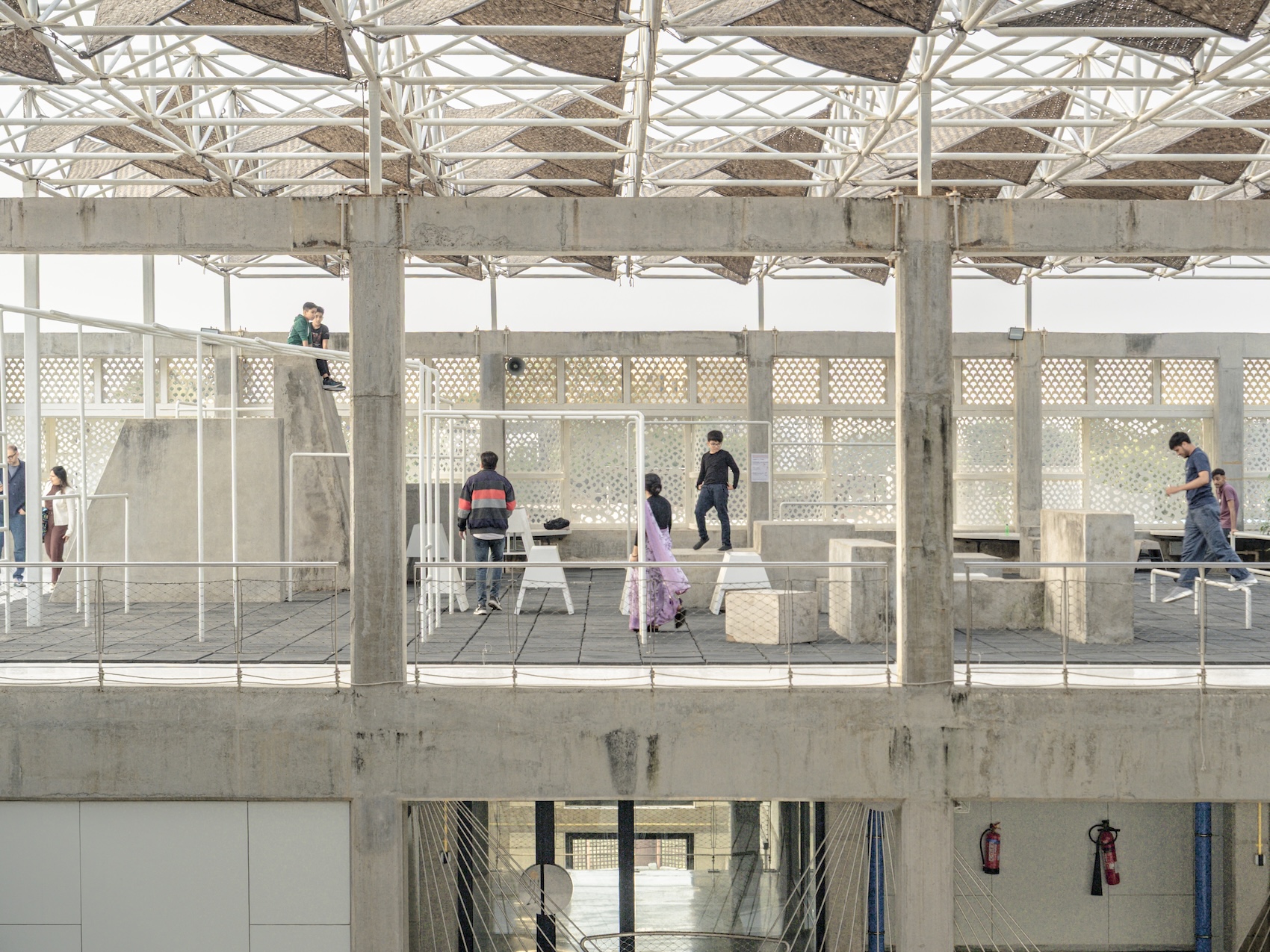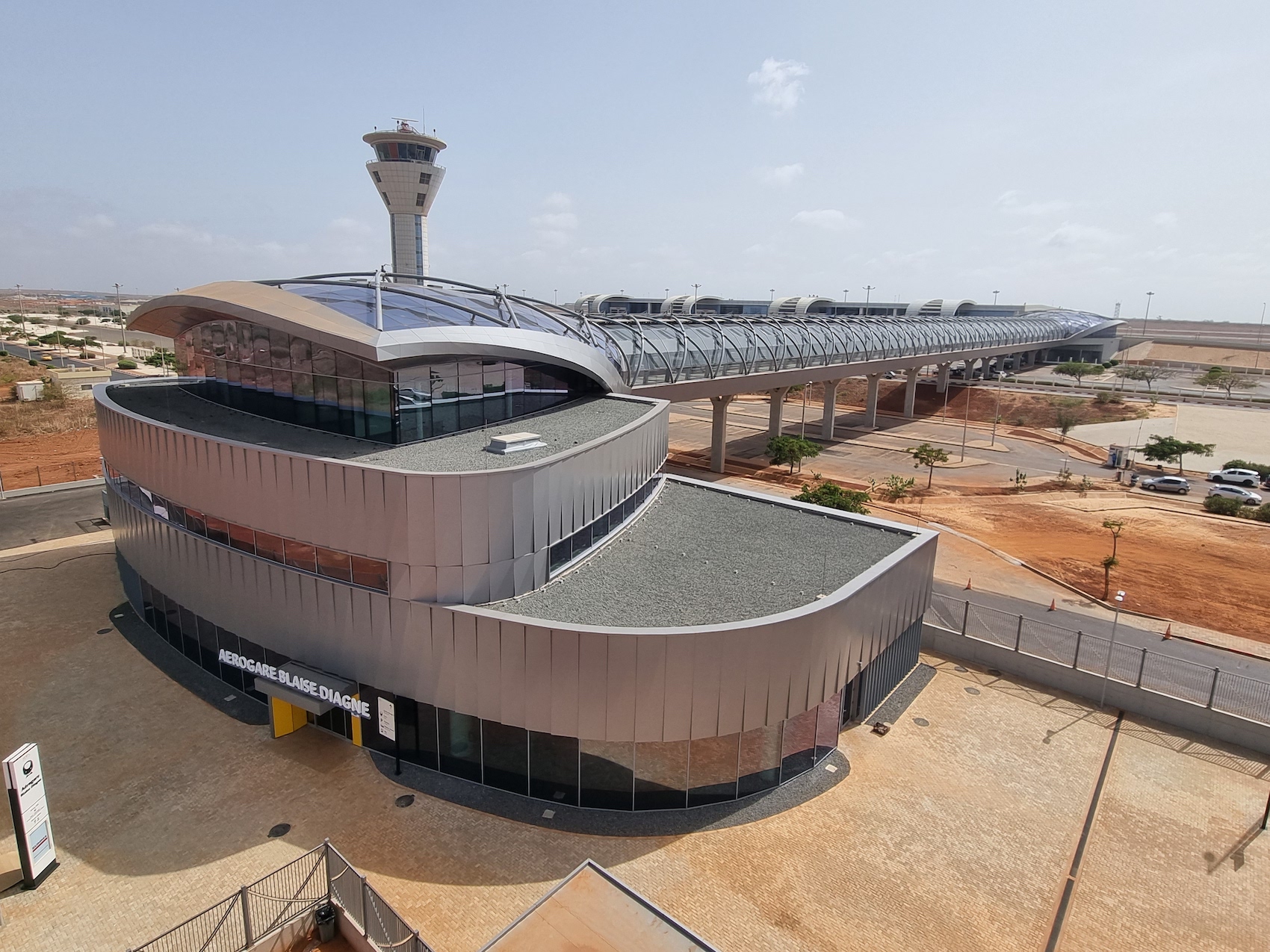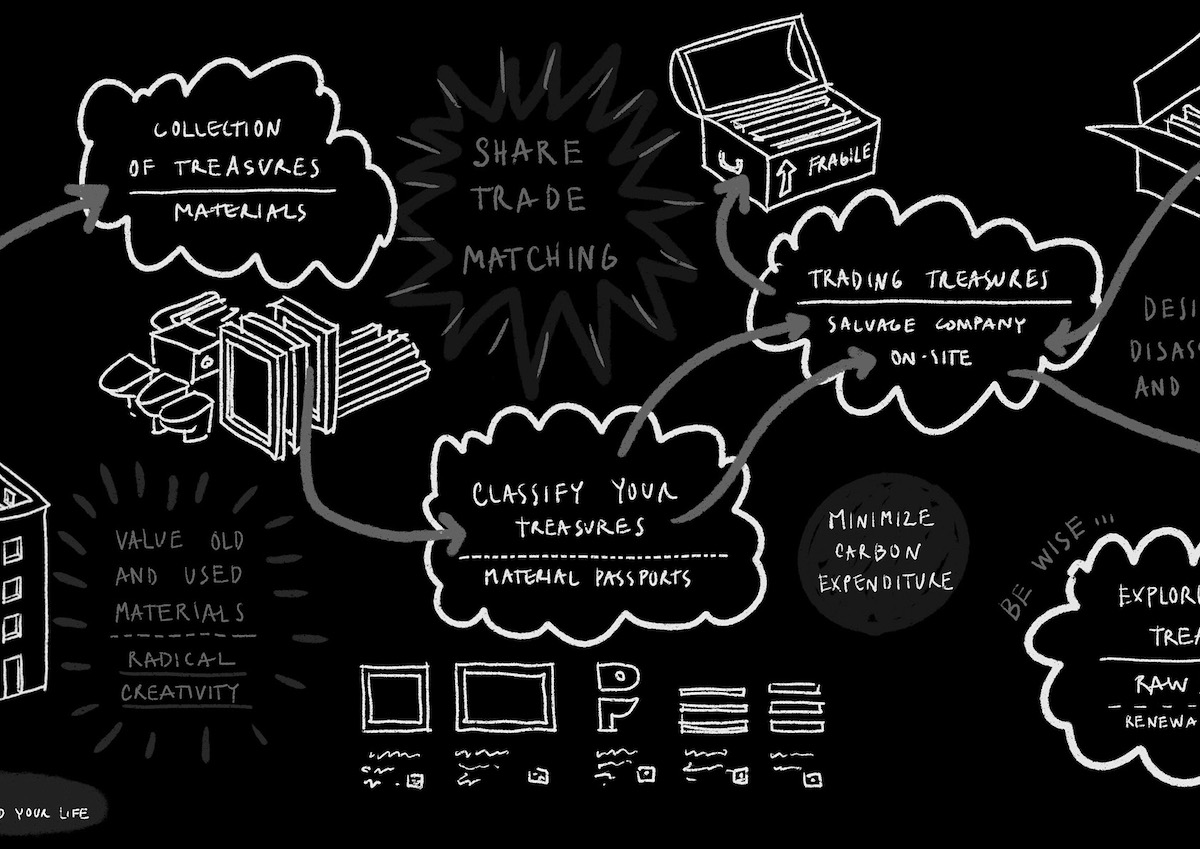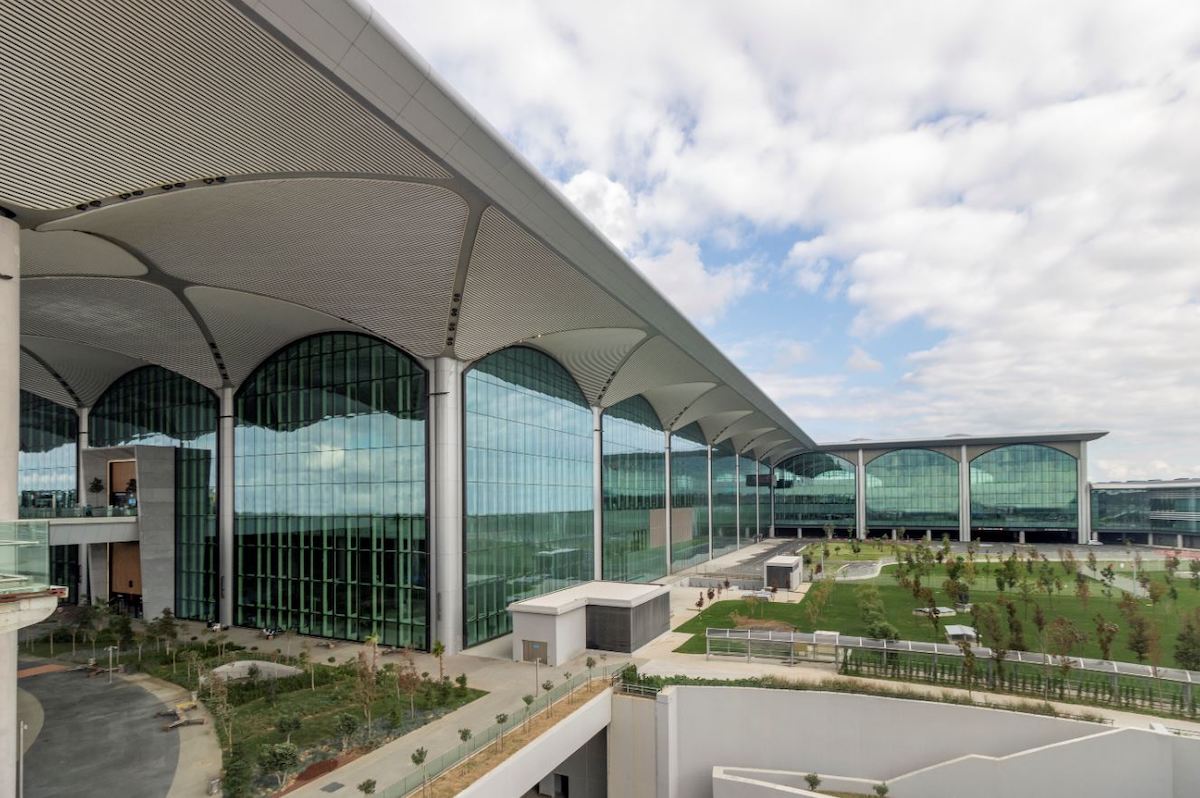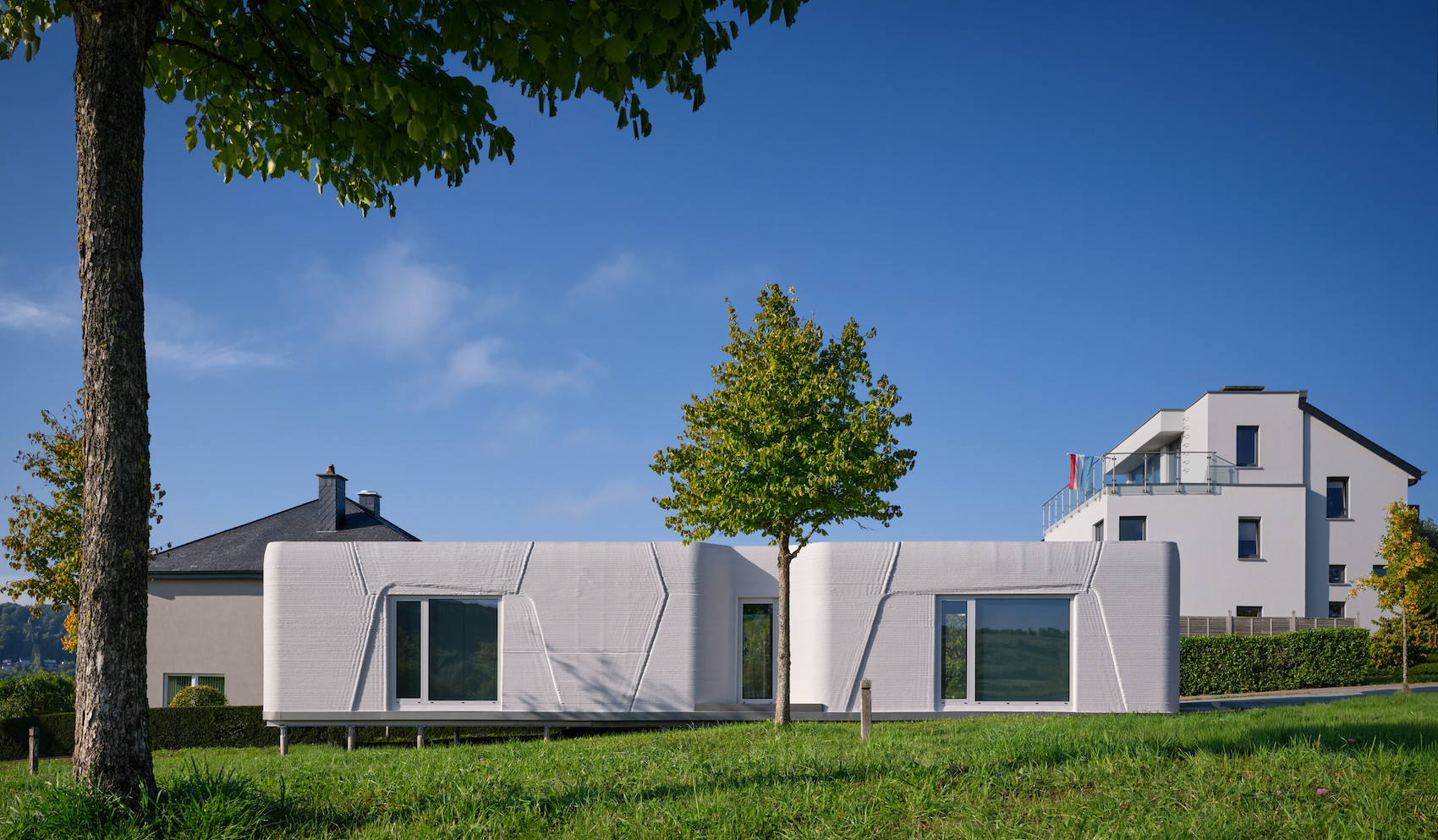AT talks to… Daniel Libeskind as he expands on his design approach for the Maggie’s Centre at the Royal Free Hospital in north London and the influence of the late Charles Jencks.
Photo by Stefan Ruiz
You feature a sketch on the front cover of a publication on this Maggie’s Centre. How did that originate?
What informs it is many things. I was very close friends with Charles Jencks – many, many decades ago. And I was probably one of the first people to be invited to build [a Maggie’s centre]. And many decades ago, when I first started, there was a difficulty with the site. Then there was another site in Cambridge, some years later. So anyway, it took many years for me to have a chance to finally build one.
Charles was very intuitive and we discussed many things. He always loved to talk about the form. He had such a sharp eye. So, you know, there’s a very deep personal connection. What inspired it – and that sketch – is the mission to create a space that is a healing space, a space that gives people a sense of calm in a storm of their diagnosis; something that gives them a sense of who they are.
What of the form?
The form is very important. It’s a welcoming form that is designed to bring light to all the spaces and to create an atmosphere of solidarity and friendship. It’s not easy, this site, you know? I mean, it’s not a typical site. It’s a very constrained site – there are big neighbouring buildings. But I still wanted to make a building that really has a musical quality to it.
Libeskind’s initial concept sketch for the Maggie’s Centre.
A musical quality?
Yes, it’s a musical journey. It’s a political thing. It’s not just, here is a yoga room, here’s a kitchen, here’s a meeting room, here’s a library. It’s a musical journey. In the building plan, you can see this musical quality. The building originated from a matrix of four curves, so now the centre is composed of four weaving planes which move through the building. So it’s kind of a musical composition, a little bit like a sonata.
I think that it’s also very important that the building – it’s façade at least in the context of this site – gives the sense of liveliness. It’s not a static building. It’s organic. And how often to people in hospitals, or other medical facilities get to be in a building like this? A building which is not just a cookie cutter repetition of the healthcare typology, which at times can be quite formulaic due the constrained technical demands of briefs.
This is the 24th Maggie’s centre. Even though you spoke to Charles early on during the programme’s founding, did your conception of what your design for Maggie’s Centre change during that time?
Yes, the first one we designed more than 20 years ago for a different site. We came to the Royal Free site with fresh eyes and a new design.
Were you influenced by others who in the end came before you?
I wasn’t influenced by the other centres in terms of design. We looked at other Maggie’s to see how they were used and program features. After we met with the Maggie’s team, I began sketching ideas for the site at the Royal Free, which is a challenging site. I knew we needed to create something that served as a counterpoint to the cold and hard geometry of the main building.
What’s next?
I am working on a lot of projects all over the world right now. We are working in 14 countries right now! We look forward to opening the second social housing project in New York. It is in Brooklyn and will provide high-quality housing to very low-income and formerly homeless seniors. I am also working on a museum in the historic Art Deco tower in Antwerp, a Baccarat Hotel in Dubai, city plans, and seven museums including an anthropology museum in Chile to name a few!






